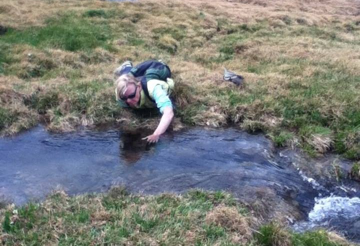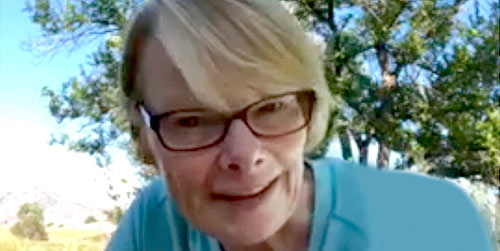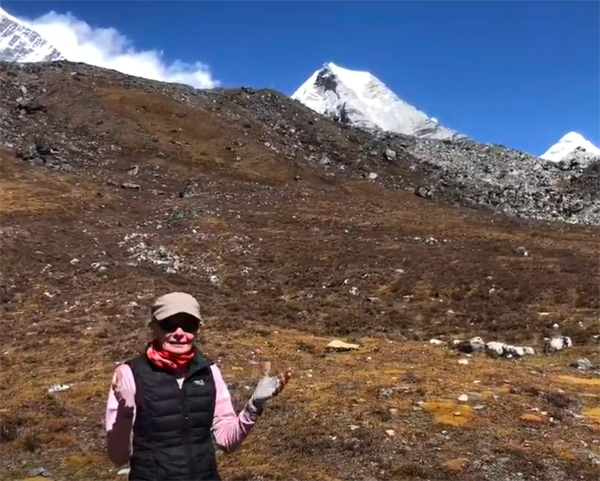
Catching trout with your hands
How can this relate to your experience in business or working on a project? Think about those tasks or projects that are repetitive and there appears to be no progress or movement forward. It takes time and it may even be boring. Perhaps you are working on tasks that don’t excite you or you feel like no one is paying attention. Then suddenly there is a break through…a phone call from a client who finally accepts your offer, a visit from an outside executive that recognizes what you have been working toward, or your boss appreciating your tenacity and will to stay the course. “SCREAM!” Sometimes in the quietest, slowest and most methodical kinds of actions can lead to the most amazing results. Stick with it and stay the course.





Comments